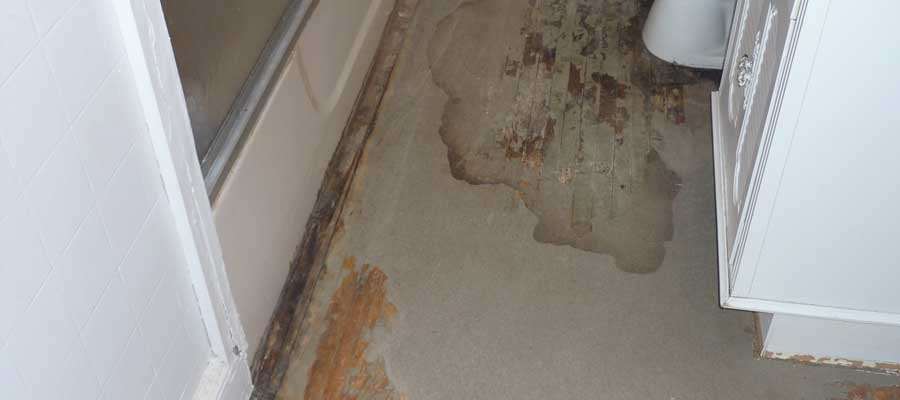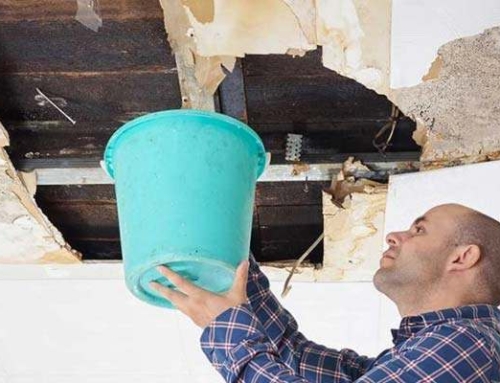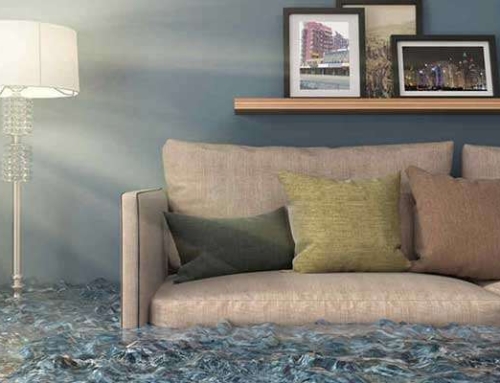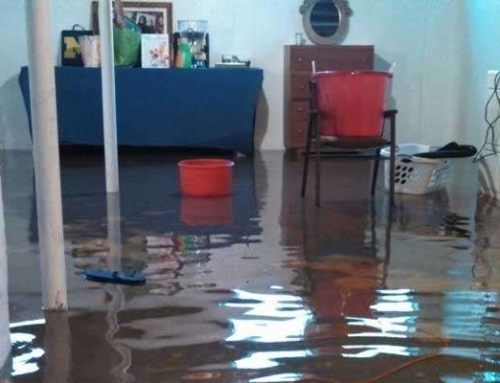Water damage inside a building can be disastrous, and when it is a commercial building it can completely debilitating if it is not handled quickly and properly. The first step that needs to be taken to assess water damage within a commercial space is to conduct a risk assessment in order to determine what potential risks or actual risks are present for workers, occupants, and other people. Bacterial contamination, HVAC system contamination, slip hazards, and electrical hazards are just a few potential risks that can develop during and following a water damage event. Mitigating damages in order to prevent secondary damages and getting a drying plan implemented to reduce downtime is the second step that needs to be taken in the assessment of a water damage event. Secondary damages may include the growth of mold as well as permanent damages to important documents, artwork, wall coverings, and carpet. Let’s discuss some of these subjects further.
Step 1: Determine What Risks Are Present
Electrical hazards may include water from above having a negative impact on fire alarm systems, lights, junction boxes, etc. and office power strips getting wet. All power to areas that have been impacted where electrical systems might be affected should be shut off immediately at the circuit breaker panel when it is safe to do this. You should hire a qualified electrician to assess potential damage and to make all of the areas are safe from potential shock hazards.
Some of the more common hazards following a water damage event are slip and fall hazards. Every effort possible should be made in order to reduce these risks. The efforts include removing water, restricting access to any water damaged areas, and posting the proper warning signs.
HVAC systems also need to be assessed in order to determine if the system has been impacted by any moisture. Water that is contaminated poses an immediate risk to the building’s occupants due to the risk of MVOS’s, bacteria, and other types of microorganisms getting airborne. Even when water is clean, if it becomes stagnant within the HVAC system over an extended period of time (usually longer than 48 hours), it will degrade rapidly and may result in potential exposure risks and deteriorated air quality. After a mechanical system has been impacted by water damage events, the system should be assessed by an experienced HVAC expert. A NADCA certified company should clean the associated ductwork.
“Clean” or category 1 water damage circumstances are a lot less risky when it comes to the immediate health risks for occupant safety and health. Category 2 (which is contaminated water such as groundwater with potential risks of harm) and category 3 (significantly high contamination like sewage water) disasters poses much higher risks to occupants’ health due to potential disease-causing pathogens, chemicals, bacteria, and viruses that tend to be present in these kinds of water. It is often a good idea to immediately evacuate all occupants in category 2 water damage situations and in category 3 events are almost always required.
Step 2: Mitigating Commercial Water Damage
One of the most crucial steps in restoring a commercial building is proper mitigation during and after a water damage event. But when it comes to restoring a building, what does mitigation exactly mean? Mitigation involves getting rid of excess water, identifying non-salvageable versus salvageable building contents and materials quickly, identifying class 4 damage areas quickly which pose technical and difficult drying challenges to deal with bound moisture, and getting a restoration plan established for drying and demolition. Mitigation’s ultimate goal within a commercial setting is to dry out the structure while minimizing demolition as much as possible and limiting downtime to business operations.
Implementing a Water Damage Cleanup Process is the Key to Success
In order to achieve a successful outcome, there must be good communication over the course of the entire process. That includes communications with water mitigation technicians, subcontractors, facilities management, etc. Each step needs to be documented thoroughly, including moisture mapping, notes, and photos. The best way to ensure timely building restoration and a rapid response is to have a disaster emergency response plan in place ahead of time. Most progressive companies will have some kind of plan implemented which should include all of the mechanical information of the building, staging areas, location of important documents, water shutoffs, electrical shut-offs and layouts, as well as the contact information for all key contractors and employees.
No one ever wants their building to be struck by a water damage event. However, there is a good chance that you will be victimized by a water damage disaster at some point. When a disaster occurs, if you have a plan in place already and call a qualified expert in to conduct the required mitigation it can make a significant difference. You will be back up and running quickly if you have a carefully considered and well-executed drying and mitigation plan in place.





